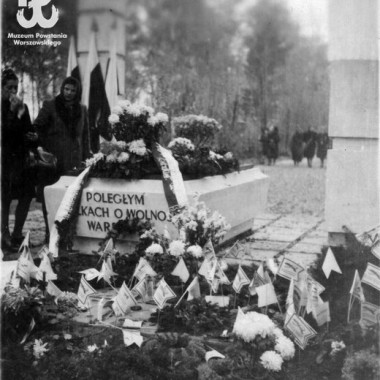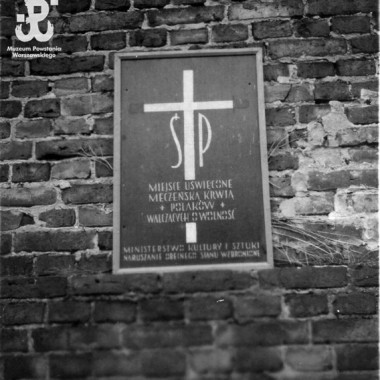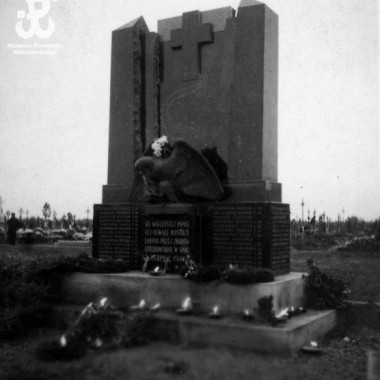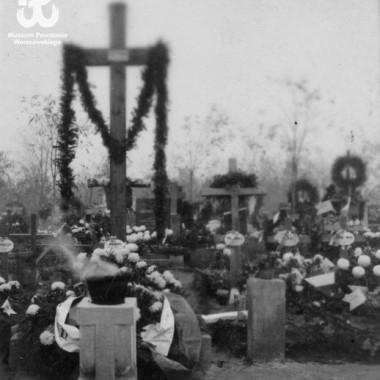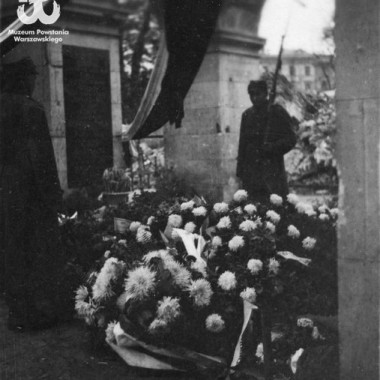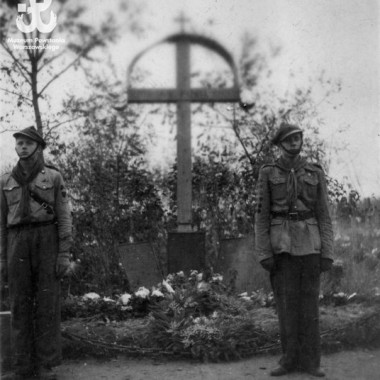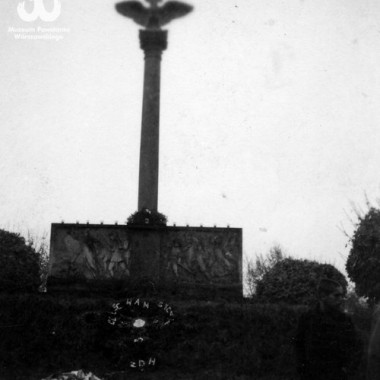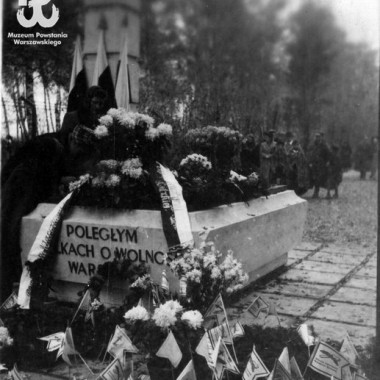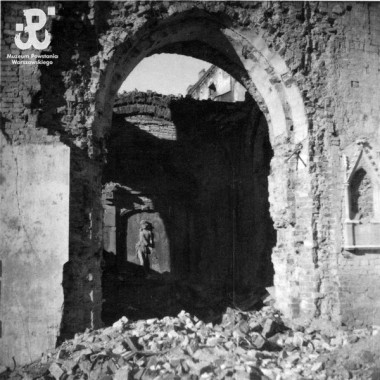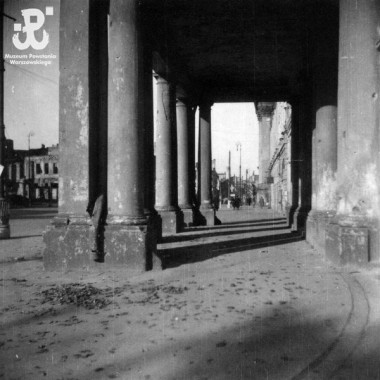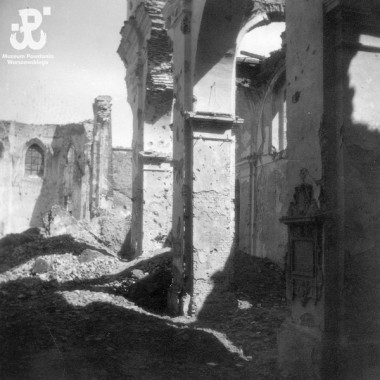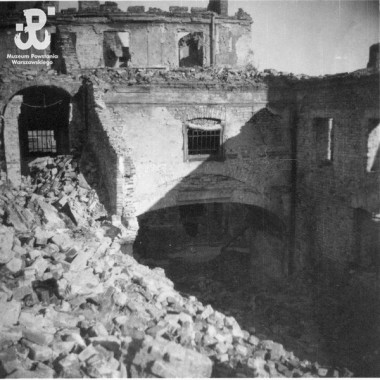Danuta Smoszewska “Sawo” was born on 22 August 1922 in Warsaw. Before the war, she was a schoolgirl in middle school and a girl scout with the 19th Emilia Plater Female Troop in the city district of Praga. In September 1939, she was receiving dispatches from soldiers in the Telecommunications and Telegraph building at Nowogrodzka Street. She joined the underground in October 1942, and underwent a medical and military training. During the Rising, Smoszewska served as a paramedic and dispatch runner, first at the Powiśle Power Plant building, and then, effective 6 August, with the Władysław Sikorski Regiment of the National Armed Forces in :Technician’s House” at 3\5 Czackiego Street. She took part in several actions, including the capture of the Holy Cross Church and Police Headquarters at Krakowskie Przedmieście Street. Having sustained heavy burns on 11 August, she spent the rest of the Rising in the field hospital set up in the Communal Savings Bank building on the corner of Traugutta and Czackiego Streets. She left the city with civilians on 5 October and was held in the transit camp in Pruszków. Scheduled for transport to Auschwitz , she escaped with her mother from a train on 13 October and reached Zakopane. In March 1945, Smoszewska returned to Warsaw, where she graduated from the Warsaw School of Economics later that year. She worked for the Polish National Development Bank (Bank Gospodarstwa Krajowego, BGK), the Municipal Waterworks and Sewer Enterprise and the Institute of Mechanized Construction. After the war, she was repeatedly detained for her involvement in the Rising. Smoszewska died on 1 September 1996 in Warsaw.
Danuta Smoszewska left a collection of 32 photographs taken between 1945 and 1947. The first group show grave-side vigils and statues of the insurgents at the Powązki Military Cemetery. The second group is a documentation of the ruins found in Old Town. The skilful use of photo methods, like soft light, careful and static composition, and premeditated framing make Smoszewska’s photographs appear more like reminiscent of the romantic visions of the Polish pictorialists than a realistic documentation of a destroyed city.





